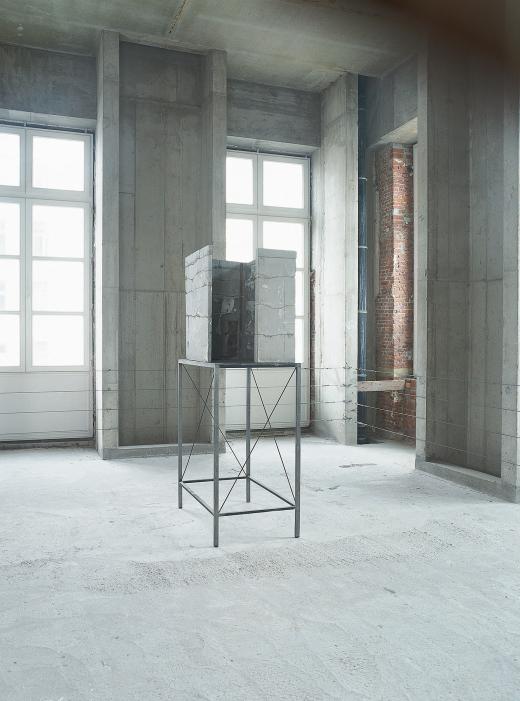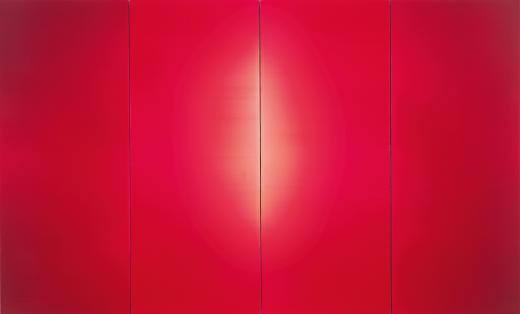THE AMBIGUITY OF THE VOID
GALLERY 206
The normalization of the Space Run moved forward apace with the development of globalization. From the mid-1970’s until the digital age, which began in the 1990’s, artistic propositions that questioned the legitimacy of abstraction proliferated on all continents. It is hard to know whether speaking about a form is equivalent to speaking about the empty space around it, which allows it to exist; whether the celestial vault is not simply a black surface with smatterings of white enamel. The works chosen here suggest a zig-zagging path through the elementary ambiguity of space.
Some of the artists from this period, in their early days, revisited the artistic tradition of abstraction—in any of its formulations: constructivist, neo-concrete, minimalist—yet without letting their practice be pigeonholed by associating with specific currents or movements. In the works of Waltercio Caldas, Mary Corse, Robert Gober, and Prudencio Irazabal, the artistic matter prompts encounters that verge on mirages, while the work of Vija Celmins explores the surfaces of the sky and the ocean in an attempt to suppress perspective and scale. The random encounter of Celmins’s painting with General Idea’s Blackboard underscores the boundary between figuration and the ready-made. On the other hand, the pieces on display here by Isa Genzken and Zarina reveal the tension between the model and the fragment, between the found and the built. In the case of Susana Solano, the idea of an “empty hill” connects motifs related to the indoors, like vaults and basements, with motifs that allude to the outdoors, such as valleys and inverted mountains.



